Heat rash, prickly heat or sweat rash usually happens in summer and can sometimes make life a little uncomfortable. When we are hot, our bodies activate our sweat glands to produce sweat to cool us down. In order for sweat to cool our body, it needs to evaporate off the surface of our skin. Sometimes, however these sweat glands get blocked.
Also known as miliaria, prickly heat occurs when perspiration is trapped under the skin, causing the skin to turn red and a sensation of warmth, stinging or prickling. It commonly occurs in hot, humid or tropical climates, but is also seen in patients in hospital, and in newborn babies.
Who Can Get Prickly Heat?
Prickly heat can be quite common in newborns within their first week of life as they have immature sweat ducts that can rupture more easily, and sweat can get trapped under the skin. Hospitalised or bedridden patients are prone to sweat rash, especially if lying on mattress protectors or waterproof mattresses. Intense physical activity (in particular if clothing doesn’t allow sweat to evaporate), wearing synthetic clothing or using non-porous dressings as well as suffering from a fever can also contribute to developing prickly heat.
What to Look For
Typically, prickly heat causes superficial clear blisters on the surface of the skin that pop easily and can look like beads of sweat, but can range to deep, red lumps. The blisters usually appear on the head, neck or upper trunk but can also appear in the armpits, elbow creases and groin. In adults the rash is usually in these skin folds or where clothing causes friction. In infants prickly heat tends to break out on their neck, shoulders and chest. The rash may spread further over the body but cannot be passed on to other people.






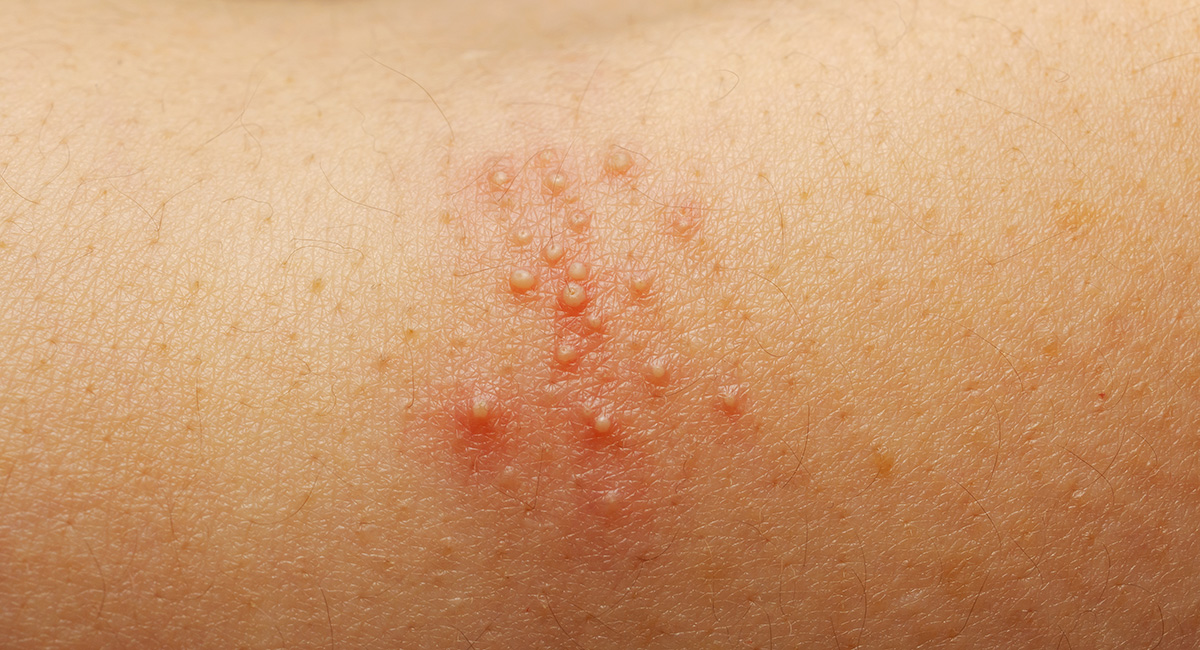

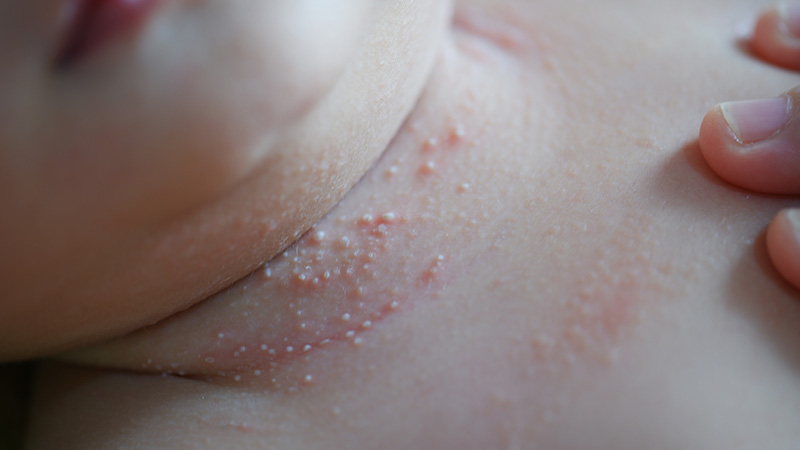
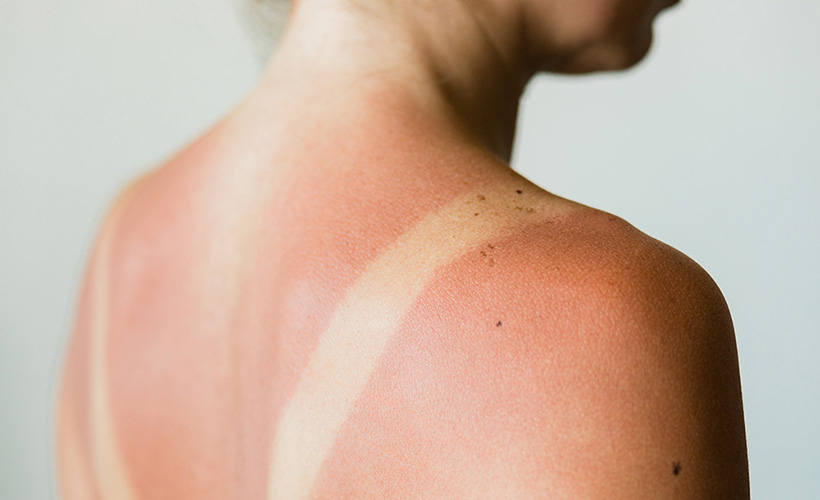


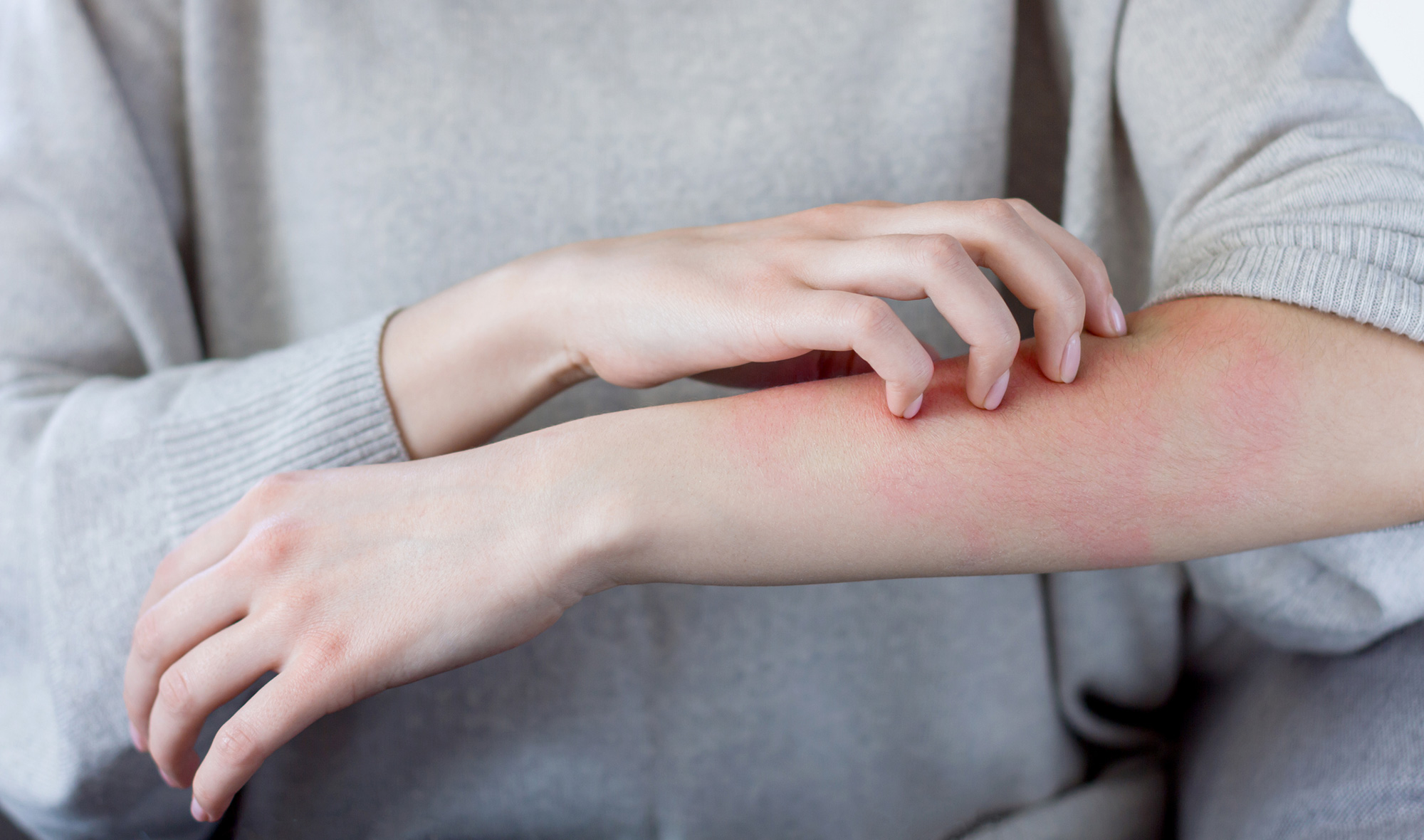


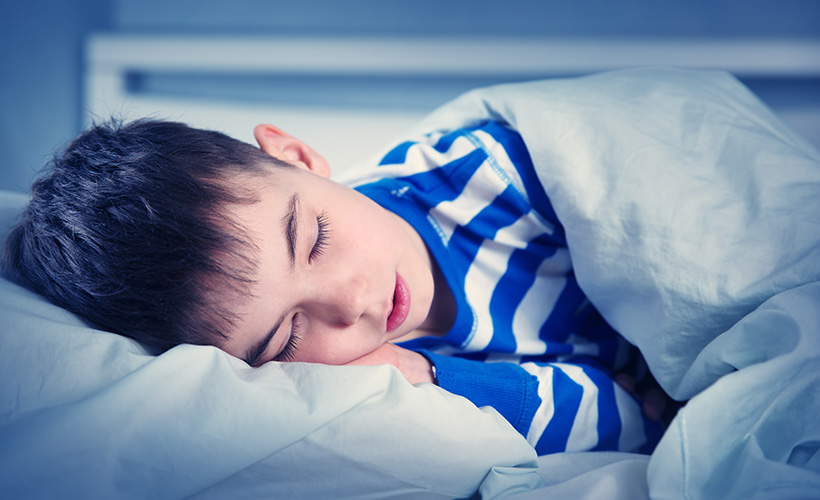
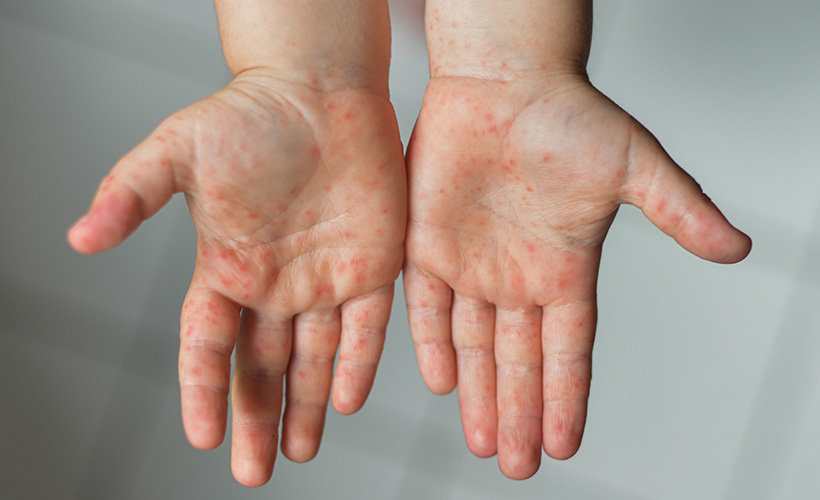
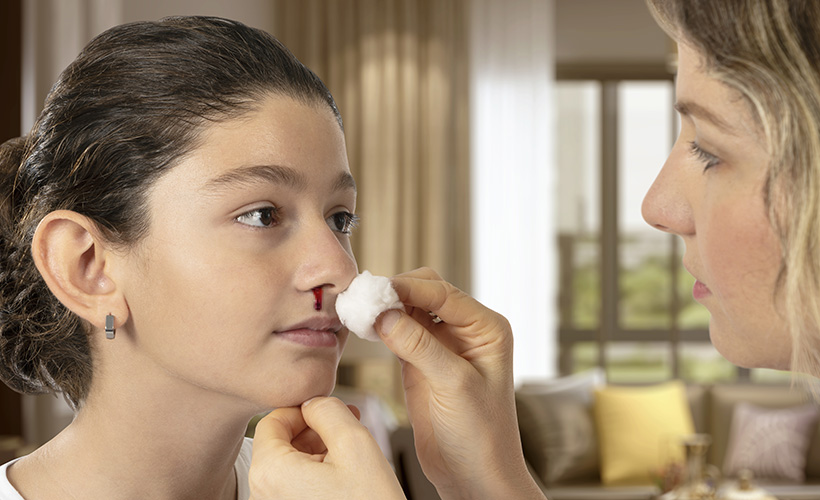

Community